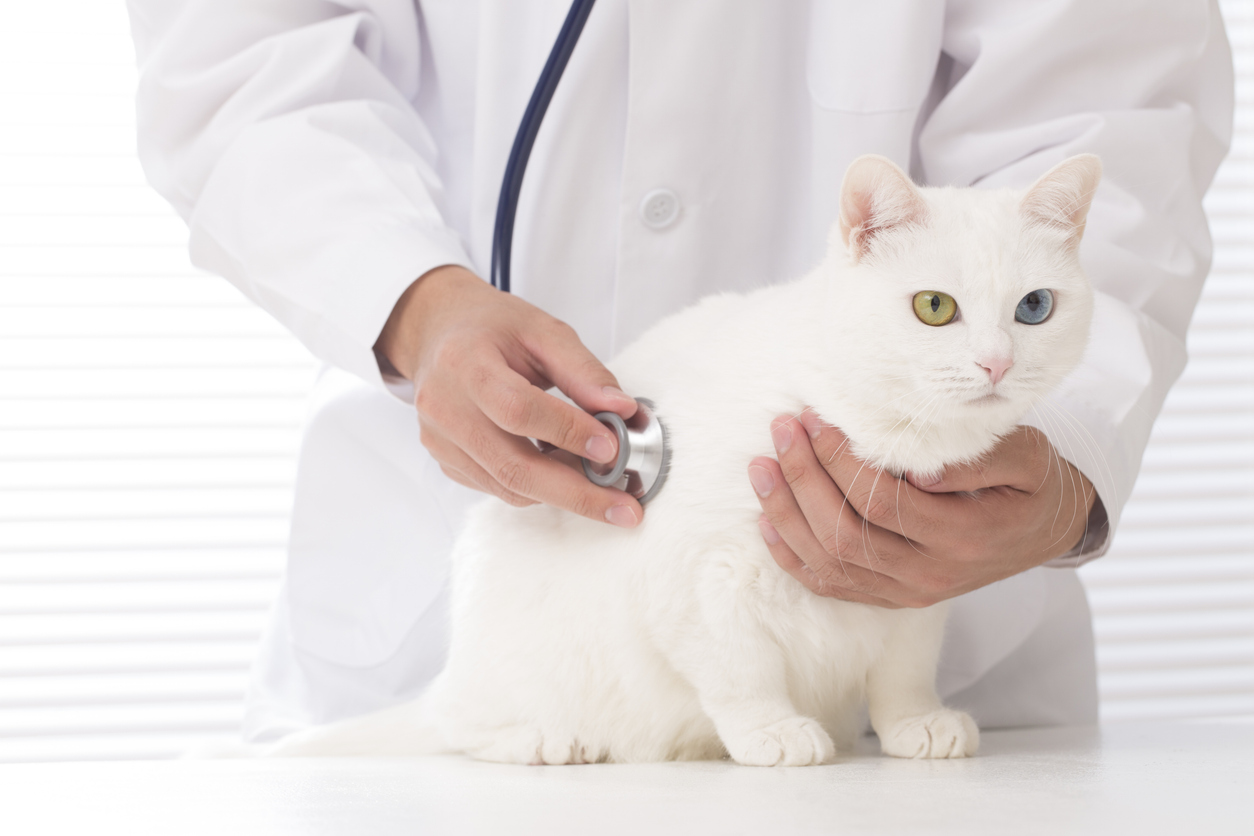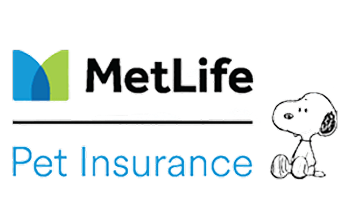Short Summarize
Choosing the best pet insurance involves comparing coverage, costs, exclusions, and reimbursement options. A good plan helps cover unexpected vet bills and ensures your pet gets quality care. For dogs, insurance is especially valuable due to higher risks of accidents and hereditary conditions. While monthly premiums can add up, the potential savings on emergency treatments make it a worthwhile investment.
Choosing the best pet insurance requires careful consideration of coverage, costs, and provider reliability. A good policy helps cover unexpected vet bills, providing financial security while ensuring your pet receives the best possible care. Whether you have a dog, cat, or exotic pet, selecting the right insurance involves understanding policy terms, exclusions, and reimbursement models. This guide will walk you through the key factors to consider when comparing pet insurance plans.
How Does Pet Insurance Work?
Pet insurance works similarly to health insurance for humans, reimbursing you for covered veterinary expenses based on your plan’s terms. Most policies require paying the vet bill upfront and then submitting a claim for reimbursement.
Coverage varies by provider, but common inclusions are accidents, illnesses, hereditary conditions, and wellness care (if added as an extra). Some plans also offer alternative therapies or behavioral treatment coverage.
Key Elements of a Pet Insurance Plan
- Premiums: Monthly payments based on pet age, breed, location, and coverage level.
- Deductibles: The amount you must pay before coverage kicks in (annual or per-incident).
- Reimbursement Rates: Typically 70%-90% of covered expenses.
- Exclusions: Pre-existing conditions are generally not covered.

What Should I Look for in a Pet Insurance Plan?
When comparing pet insurance, keep these factors in mind to ensure you get the best value.
- Comprehensive Coverage: Look for plans that cover accidents, illnesses, hereditary conditions, and chronic diseases. Some providers also offer add-ons for routine checkups, dental care, and preventive treatments.
- Flexible Reimbursement & Deductibles: Choose a plan that lets you adjust reimbursement percentages (e.g., 70%, 80%, or 90%) and deductible amounts to suit your budget.
- Affordable Premiums: While cheaper plans might seem appealing, they often come with limited coverage. Compare different providers to find the right balance between cost and protection.
- Waiting Periods: Most policies have a waiting period before coverage begins, especially for illnesses and orthopedic conditions. Check this before enrolling.
- Customer Reviews & Reputation: Research provider reviews to ensure they have a hassle-free claims process and strong customer support.
- Exclusions & Limitations: Read the fine print to understand what is not covered, including breed-specific exclusions or pre-existing conditions.
Is Pet Insurance Worth It?
Pet insurance provides financial security in case of unexpected veterinary expenses. Emergency treatments, surgeries, and long-term illnesses can cost thousands of dollars, and having insurance prevents difficult financial decisions.
A broken leg surgery for a dog or cat can cost between $2,000-$5,000. With insurance covering 80%, your out-of-pocket cost could be just $400-$1,000, depending on your deductible.
Who Benefits the Most from Pet Insurance?
- Young pets – Early enrollment ensures lower premiums and coverage for future conditions.
- High-risk breeds – Some pets are prone to hereditary or chronic conditions.
- Owners who want peace of mind – Knowing you can afford quality vet care when your pet needs it.
Dog Insurance: What You Need to Know
Dogs are more prone to accidents, hereditary conditions, and unexpected health issues than some other pets. From routine care to emergency medical expenses, dog insurance provides financial protection and peace of mind for pet owners.
How Does Dog Insurance Work?
Dog insurance covers a percentage of your veterinary expenses in exchange for a monthly premium. When your dog requires medical attention, you pay the bill upfront and then submit a claim for reimbursement.
Most policies cover accidents, illnesses, chronic conditions, and some offer preventive care add-ons.
What Should I Look for in an Insurance Plan for Dogs?
- Age of Your Dog: Enrolling early ensures lower premiums and full coverage before pre-existing conditions develop. Older dogs can still get coverage, but premiums increase with age.
- Your Dog’s Health: Certain breeds are prone to hereditary conditions, such as:
- Labradors & German Shepherds: Hip dysplasia
- Bulldogs & Pugs: Breathing issues
- Golden Retrievers: Cancer risk
Choose a plan that covers breed-specific conditions.
- What Your Policy Will Cover: A good dog insurance plan should include:
- Accidents & Injuries (broken bones, poisoning, foreign object ingestion)
- Illnesses (infections, cancer, diabetes, allergies)
- Hereditary & Chronic Conditions (hip dysplasia, epilepsy, arthritis)
- Emergency Care & Surgeries
- Prescription Medications
Some insurers offer optional add-ons for routine care, vaccinations, dental cleanings, and flea/tick prevention.
- Where You Can Take Your Dog for Care: Most pet insurance policies let you visit any licensed veterinarian, specialist, or emergency clinic. However, some providers require pre-authorization for certain procedures.
Is Pet Insurance Worth It for a Dog?
Yes! Veterinary costs add up quickly, especially for emergencies or chronic conditions.
Example Costs
- Emergency surgery for foreign object ingestion: $3,000-$7,000
- Hip dysplasia treatment (lifelong condition): $2,000-$5,000 per year
- Cancer treatments: $5,000-$10,000+
With insurance covering 80%-90%, your out-of-pocket cost is significantly reduced. A good policy prevents financial strain and ensures your dog receives the best care possible.
What is the Best Pet Insurance Plan?
The best plan depends on your pet’s age, breed, budget, and preferred coverage level.
Some insurers offer accident-only plans for budget-conscious owners, while others provide full coverage, including wellness and preventive care.
How to Choose the Right Provider
- Compare multiple insurance companies based on coverage, cost, and exclusions.
- Use online quote tools to check premium estimates based on your pet’s age, breed, and location.
- Read customer reviews to see how providers handle claims and customer support.
Pros & Cons of Pet Insurance
Pros
- Saves money on unexpected vet bills
- Covers expensive treatments like surgery & cancer care
- Let’s you choose any licensed vet
- Customizable plans to fit different budgets
Cons
- Monthly premiums can add up
- Does not cover pre-existing conditions
- Some plans have waiting periods
Final Thoughts
Choosing the right pet insurance can save thousands in unexpected vet bills while ensuring your pet gets the best possible care. Focus on coverage options, costs, and provider reliability to find the best plan. By planning, you can enjoy peace of mind knowing you’re prepared for any medical emergencies.

Pet Insurance 101: Selecting Coverage

How Pet Insurance Works?

How to Choose the Best Pet Insurance for Your Dog

How We Rate
FAQ
-
How to reduce the cost of pet insurance?Many pet owners want to find the most affordable pet insurance plan possible, while still getting the coverage they need. There are several ways in which you can cut down on the cost of your premium. One of the easiest ways is to choose the highest possible deductible when signing up for your plan, as this will reduce its overall cost. If you set the annual limit and reimbursement rates lower, the premium will also get cheaper. A lot of leading pet insurance providers may also offer discounts for multiple pets or loyal customers, and some even run programs where you can save money by looking after your pet better and taking it for regular check-ups.
-
What do I need to run a pet insurance quote?Getting a pet insurance quote from a leading provider like Hartville, Spot, or the ASPCA is very simple. The process can vary depending on which site you use and which provider you're working with, but usually, all you'll need to fill out the forms is the name of your pet, its species, breed, age, and perhaps size or weight as well. You'll also need to enter some contact information so that the quoted plans can be emailed over to you. After providing the necessary info, you should be greeted with a screen showing you your quoted premium, and you can usually make adjustments to things like deductibles, reimbursement rates, and annual limits in order to modify the details and cost of your plan.
-
Is Pet Insurance Worth It?When you realize that routine veterinary care can cost several hundred dollars and urgent treatment or surgery can cost thousands, it's clear to see that pet insurance can save you a lot of money in the long run. We all hope that our pets will stay happy and healthy for years to come, and it's easy to overlook the importance of pet insurance when your dog or cat is young and full of life. However, as animals get older, the risks of various health conditions, disorders, and diseases begin to rise, and many pets can be affected by all kinds of physical issues as they get older. Pet insurance can provide much-needed peace of mind to any pet owner, as well as potentially saving your pet's life someday.
-
Is Pet Insurance Tax-Deductible?There are some ways in which you might be able to claim tax deductions on your pet insurance or simply the general costs of owning your pet, but the circumstances for this can be quite specific, so you need to do your research and speak with experts to learn more. If you require a pet for medical reasons, for example, like a guide dog for a visually impaired person or a therapy dog, you might be able to make a claim. You might also be able to obtain a deduction if you use a guard dog at your business or you happen to be a professional animal breeder. In and of itself, insurance isn't usually deductible for most pet owners, but it's a possibility in some of these aforementioned special cases.
-
What are the Price Factors on pet insurance?
- Location – Your location will affect the price of your pet insurance, as pets living in densely populated cities are generally be seen to be at a higher risk of injury than those living out in rural locations.
- Pets age – The age of your pet can have a huge bearing on the cost of your pet insurance too, as older animals are more likely to develop health issues and therefore will be more expensive to cover.
- Pet's breed – The breed of your pet can also be a key factor in determining the total cost of your insurance. Certain breeds, especially big dogs, are more at risk of health issues and have shorter lifespans, leading to higher premiums.
- Selected deductible/reimbursement level – If you choose a higher deductible, meaning you'll be paying a larger amount each time you make a claim, you'll get a lower premium. Similarly, if you choose a lower reimbursement level, your premium will be cheaper, and vice versa.





